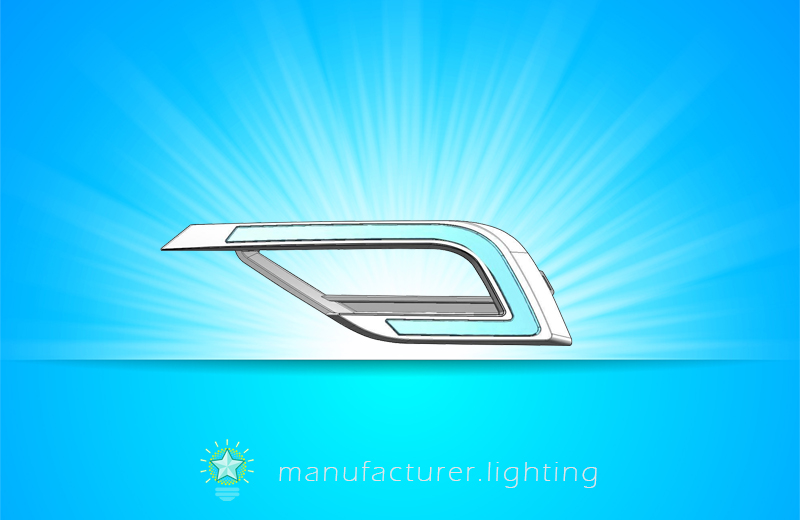
Daytime running lamps (DRL) are forward lighting devices that are developed to increase the visibility of a vehicle when its main headlamps are not turned on, for instance during the day or in mixed lighting conditions. The daytime running light enhances the observability of a vehicle, thereby helps to cut down traffic accident rate. Daytime running lights are typically operated in substantially daylight conditions. A vehicle equipped with DRL is most likely to be noticed by other drivers, in so doing reducing the risk of a collision with the vehicle. DRLs are typically activated in conditions with relatively bright ambient light, DRLs will not dazzle oncoming drivers. DRLs may emit light of similar intensity to low-beam headlamps or can produce light of lower intensity. Typical DRLs may be implemented making use of dedicated lamps, or just by running incandescent headlamps with reduced voltage. DRLs have proven to be the most effective as a safety device during low ambient light conditions, including at dawn, at dusk, and when the vehicle is in dark shadow or darkness (e.g., in a tunnel or parking structure). In some vehicles, the DRLs are distinct light producing elements from the headlights. In other vehicles, the headlights may be used as DRLs when they are operated at a reduced intensity level from the normal headlight intensity level. DRLs typically direct light forward, and a considerable amount of light may be directed above the horizon. When compared to light produced by fog lamps, directing light forward and above the horizon will result in additional light to reach the eyes of oncoming drivers, increasing the visibility of the DRL. Daytime running lamps can be controlled in coordination with the headlights, and the DRLs may make it more comfortable for others to notice the vehicle at times when the headlights are in a deactivated state.
